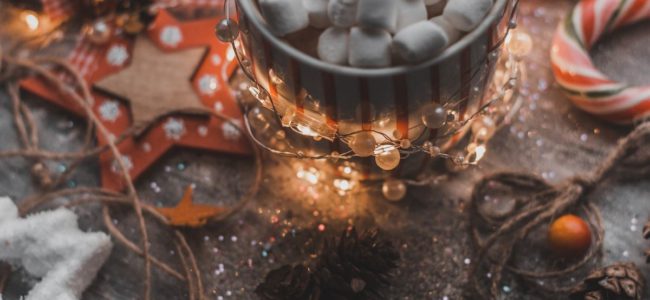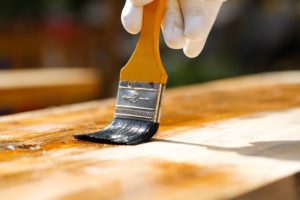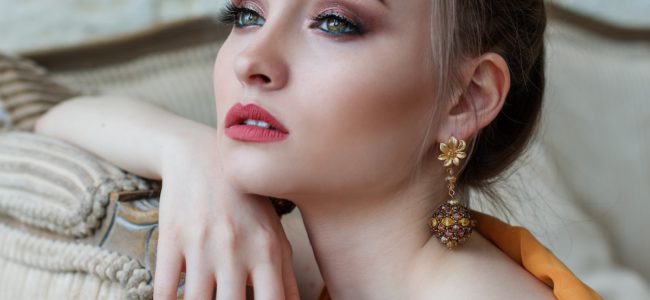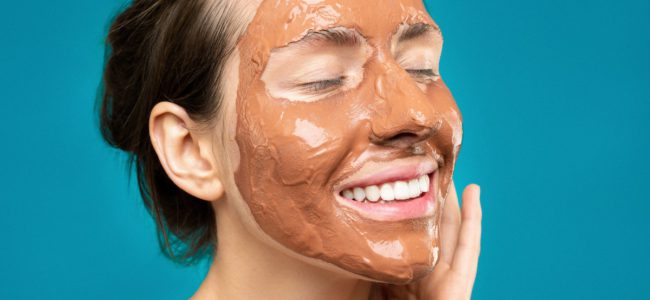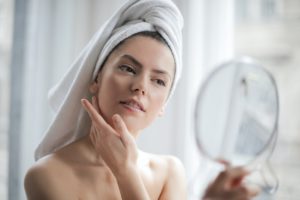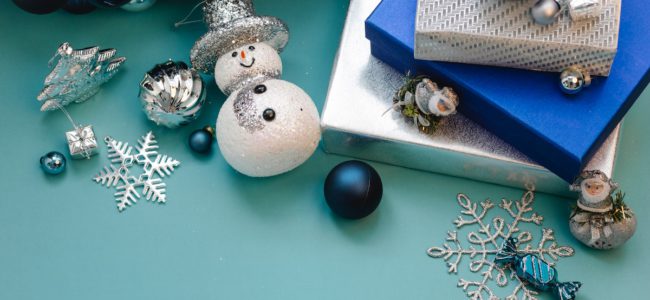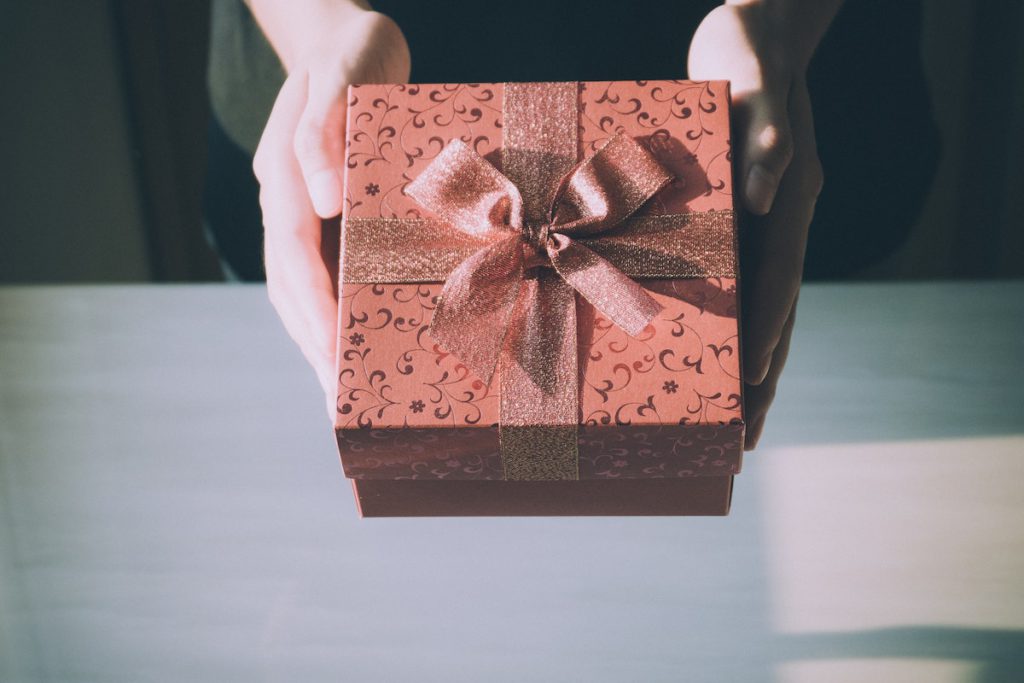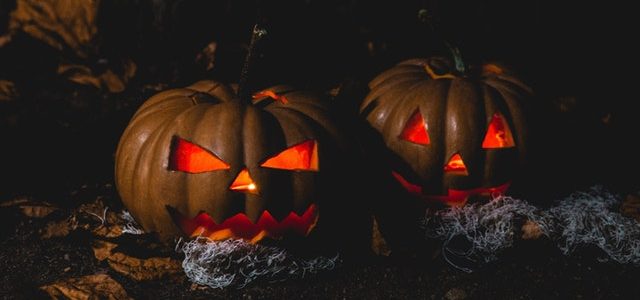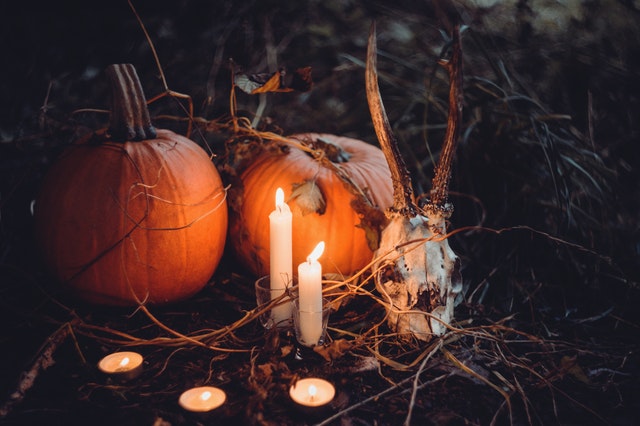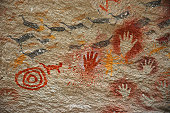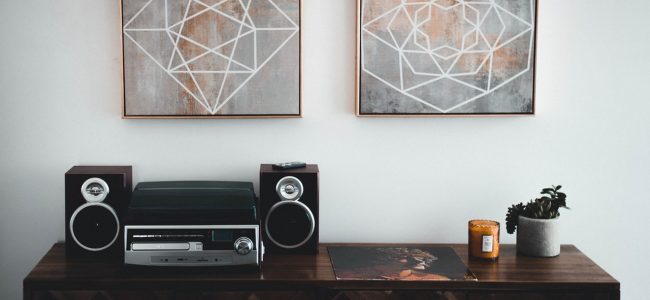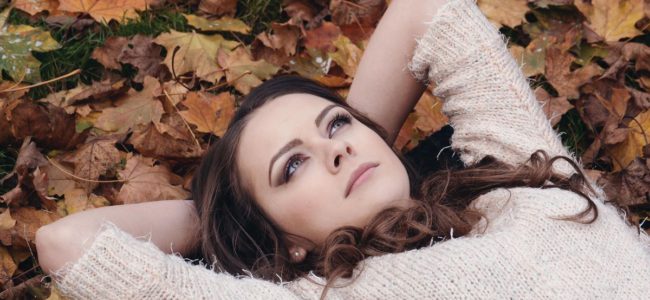
When you slip in a pair of coloured contacts, you instantly open up a world of new possibilities for your makeup. Honey contacts can transform your natural eye colour into a warm, golden hue that elevates even the simplest look. Whether you’re experimenting with bold eyeshadow or subtle everyday glam, these subtle changes remind us that makeup is so much more than just products—it’s a powerful form of artistry.
Makeup, at its core, is about self-expression. Much like a painter picks a canvas, brushes, and pigments, makeup artists—whether professionals or everyday enthusiasts—select tools and colours to tell a story. Each look is a temporary masterpiece, uniquely tied to the individual wearing it. What sets makeup apart from other art forms is its living, breathing canvas: the human face. This intimate medium makes makeup deeply personal and endlessly inspiring.
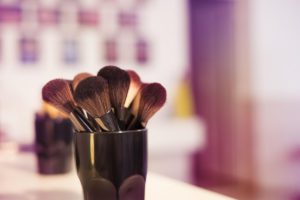
Behind every flawless base and intricate eyeliner flick lies a careful understanding of shape, colour, light, and texture. Just as an artist studies their subject before the first stroke of a brush, makeup artists consider bone structure, skin undertones, and even the lighting of the environment where the look will be worn. It’s not just about enhancing features—it’s about creating harmony and drama where you want it.
Consider the transformative power of colour alone. A smoky eye can evoke mystery and boldness, while a pastel wash across the lids might radiate innocence and whimsy. Lipstick shades shift moods instantly—a deep matte red demands attention, while a soft pink gloss whispers subtle romance. The colour wheel, which artists use to balance complementary and contrasting tones, is just as relevant when blending eyeshadows as it is when mixing paint on a palette.
The textures used in makeup also play a vital role in the final result. Matte finishes can create dimension and shadow, adding depth to the eyes or sharpness to the cheekbones. Glossy lids, shimmering highlighters, and metallic accents catch light differently, adding life and movement to the face. This dance between light and shadow is a signature element of makeup artistry.
Brushes and tools, too, become extensions of the artist’s hand. There’s an undeniable satisfaction in swirling a fluffy brush through a pan of powder or gliding a precise liner along the lash line. Each stroke requires control and confidence, honed through practice. Even fingertips can be the best tool—many iconic looks have been blended to perfection with the warmth and precision of one’s own hands.
For many, makeup is more than an aesthetic choice—it’s a form of identity. Think of iconic artists and performers who have made dramatic makeup their signature. Their looks don’t just highlight features; they amplify personality and challenge conventions.
Social media has given makeup artistry a global stage. Beauty influencers share step-by-step tutorials, quick transitions, and time-lapse videos online that reveal just how much effort goes into each look. This democratisation of makeup education has allowed people worldwide to experiment, learn, and innovate. Suddenly, a teen in a small town can access the same tips and tricks as a seasoned pro in a major city.
Cultural influences have always shaped makeup trends and techniques. Geisha makeup, with its stark white base and precise red lips, is an age-old example of makeup as an art form steeped in tradition. In South Asia, intricate bridal makeup looks combine bold eyes, dramatic lashes, and ornate accessories to tell a story of celebration and heritage. Every culture brings unique styles and symbolism, reminding us that makeup’s artistry is universal and diverse.
But artistry doesn’t mean perfection—it’s about experimentation. Not every look turns out exactly as planned, and that’s part of the creative process. Smudged liner can be reimagined into a smoky eye; an unexpected colour combination might spark a new trend. The freedom to wipe it all away and start fresh tomorrow makes makeup art playful and forgiving.
For those just starting their journey, embracing makeup as art can be liberating. It’s easy to get caught up in rigid rules—where to place your bronzer, how to perfectly shape your brows, or what lip shade suits your undertone. But true artistry thrives when you break the rules. Want neon liner with nude lips? Go for it. Glitter freckles? Absolutely. A dramatic wing that reaches your temples? If it makes you feel good, it’s valid.
Makeup brands now collaborate with artists across disciplines to push creativity even further. Limited-edition collections often feature packaging designed by painters, illustrators, or fashion designers. Some brands hire professional makeup artists to create entire campaigns that double as editorial art pieces. The lines between beauty, fashion, and fine art blur beautifully in these collaborations.
Perhaps the most inspiring part of makeup artistry is its impermanence. Like a sand mandala or a chalk mural, each look exists for a fleeting moment. It might last a few hours at a party, on stage, or under studio lights before it’s washed away. This ephemeral quality makes the effort feel even more special—a reminder that creativity doesn’t always need to be preserved forever to have meaning.
In the end, the artistry behind every makeup look is rooted in how it makes you feel. Whether you’re crafting a bold statement for the world to see or wearing a subtle wash of colour that only you notice, you’re engaging with an art form that’s intimate, accessible, and transformative. It’s a reminder that beauty is not a fixed ideal but a constantly evolving expression of self.
So next time you pick up that palette or slip in your favourite pair of coloured contacts, remember: you’re not just putting on makeup. You’re creating art—one brushstroke at a time.



